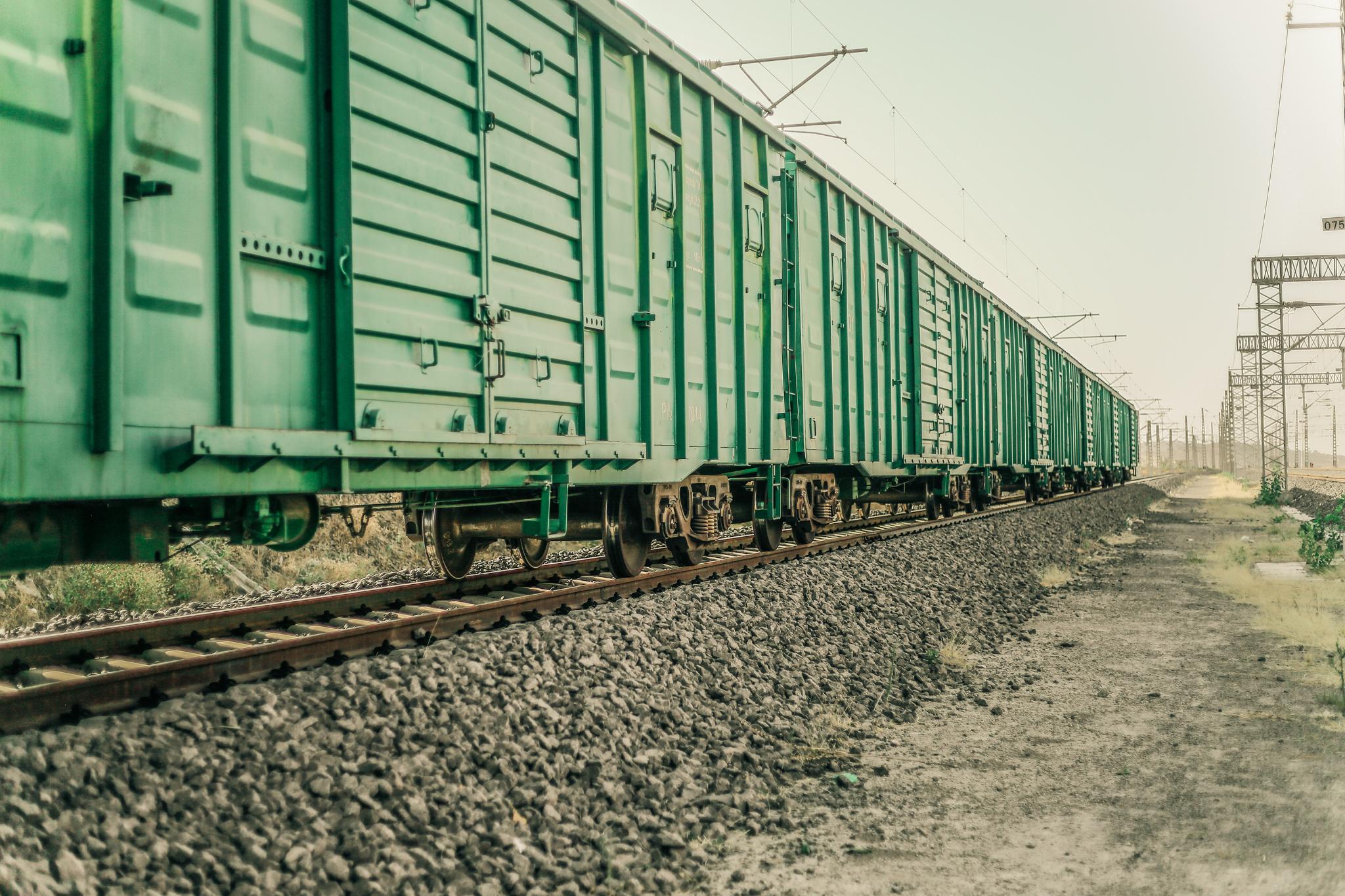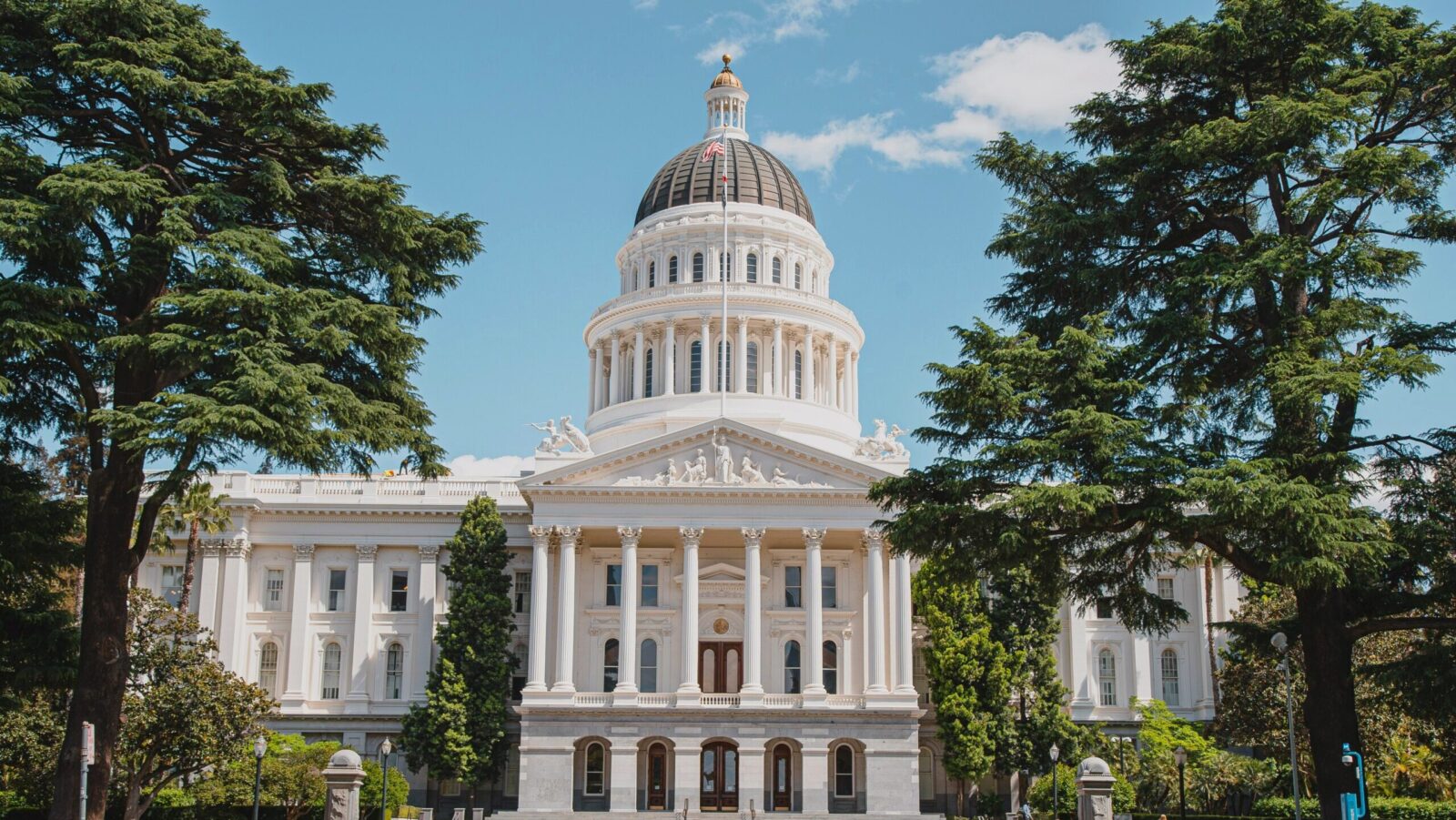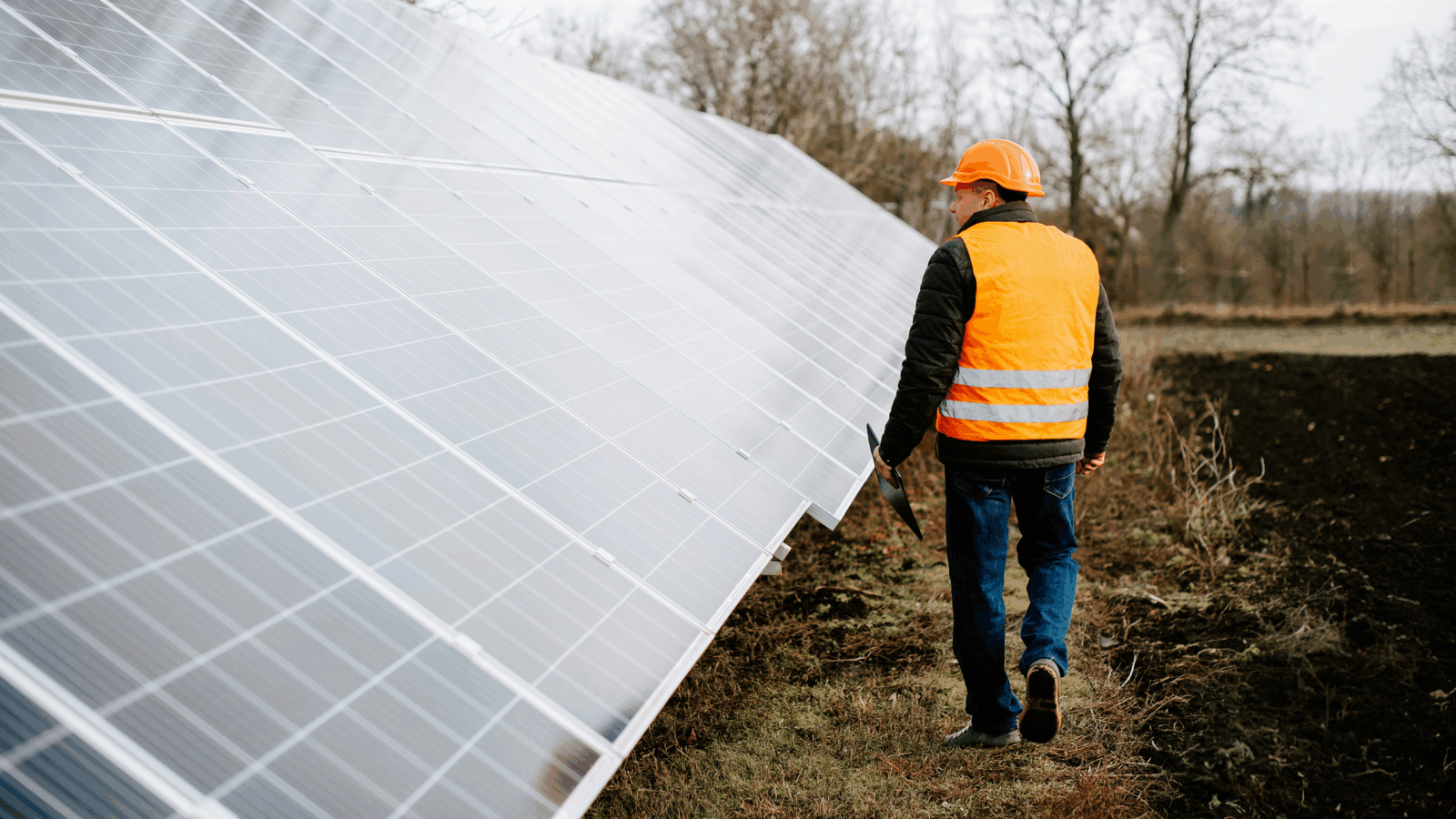Mexico Reviving Transcoastal Railway to Capitalize on Dry Panama Canal
The renovated line would span Mexico’s two coasts, providing a new artery through which international freight can flow.

Sign up for smart news, insights, and analysis on the biggest financial stories of the day.
One country’s drought is another’s windfall.
The Financial Times profiled a plan by the Mexican government to revive a 100-year-old railway line. The renovated line would span Mexico’s two coasts at the country’s narrowest point, providing a new artery through which international freight can flow.
Panamanian Standoff
Mexico’s decision to sign off on the $2.8 billion project is buoyed by two factors. First, Mexico surpassed China this year to become the US’ top trading partner. Given America’s relationship with China remains decidedly frosty, Mexico can feel secure in its new position for a while longer.
The second: the Panama Canal, Central America’s most famous conduit for international shipping, has a big problem. This year a drought caused the canal’s water levels to sink to such low levels that larger vessels couldn’t make it through, resulting in significant delays. Given climate change doesn’t look like it’ll let up any time soon, that’s likely to become an ever-more frequent occurrence. Still, Mexico has a lot of ground to make up if it wants to be a real contender:
- Trains can’t carry as much cargo as big Boaty McBoatfaces. Per the FT’s calculations, the Mexican train line’s maximum annual capacity would only be about 10.5% of the total amount of goods ferried through the Panama Canal next year.
- Mexico’s Economy Minister Raquel Buenrostro told the FT that although it may seem insignificant, investment in rail is a long-term strategy. “Given the changes we are seeing with climate change it’s a real and increasingly important alternative,” she said.
Stationary Target: Speaking of climate change, this week the EU abandoned a plan to be a little more ambitious with its emissions reduction. Using 1990 emission levels as its baseline, the bloc discussed increasing its 2030 emissions reduction target (increasing reduction, the best kind of oxymoron) to 57% from the current 55%. A few holdouts: Poland, Hungary, and Italy, refused to tag on the extra 2%.











